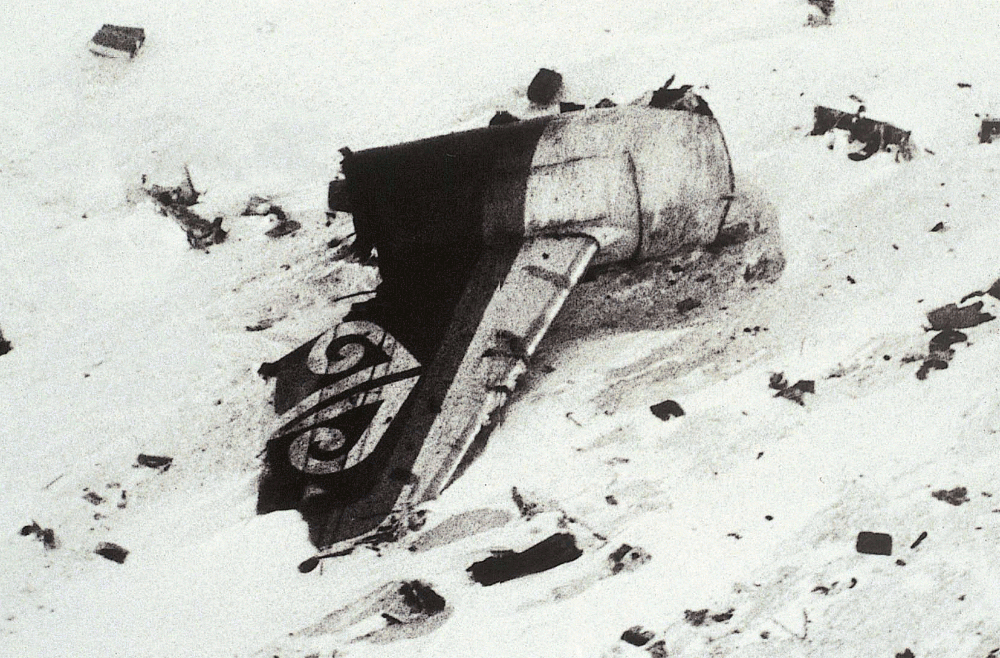Air crashes v financial crashes
|
The JC’s amateur guide to systems theory™
|
In his book Antifragile: Things that Gain from Disorder, Nassim Nicholas Taleb laments the failure of financial services industry to learn from its frequent, repeated errors.
He contrasts it with the airline industry, which does learn: it has systemically improved safety after every air crash since the 1960s, such that the number of casualties per million miles travelled has dropped from 90 to a fraction.
But air crash causes and financial markets blow-ups are qualitatively different: air crashes causes are not necessarily human, or even sentient, and even when they are they are not actively searching for vulnerabilities in the risk monitoring landscape where no one is paying attention. If they find them, it is by chance, or undirected Brownian motion.
Financial crash causes, by contrast, are always human, and an eligibility criteria for a blow up is that no-one is looking. Either they have overlooked the potential for catastrophe, or some psychological or social pressure has intervened to distract them from it. Those that aren’t outright mendacious are propelled by base motives: doubling down to unwind fuck-ups, concealing losses, taking shortcuts to make easy money. These things can’t happen in plain sight, so that perpetrators will be certain to do them where are no-one is looking.

